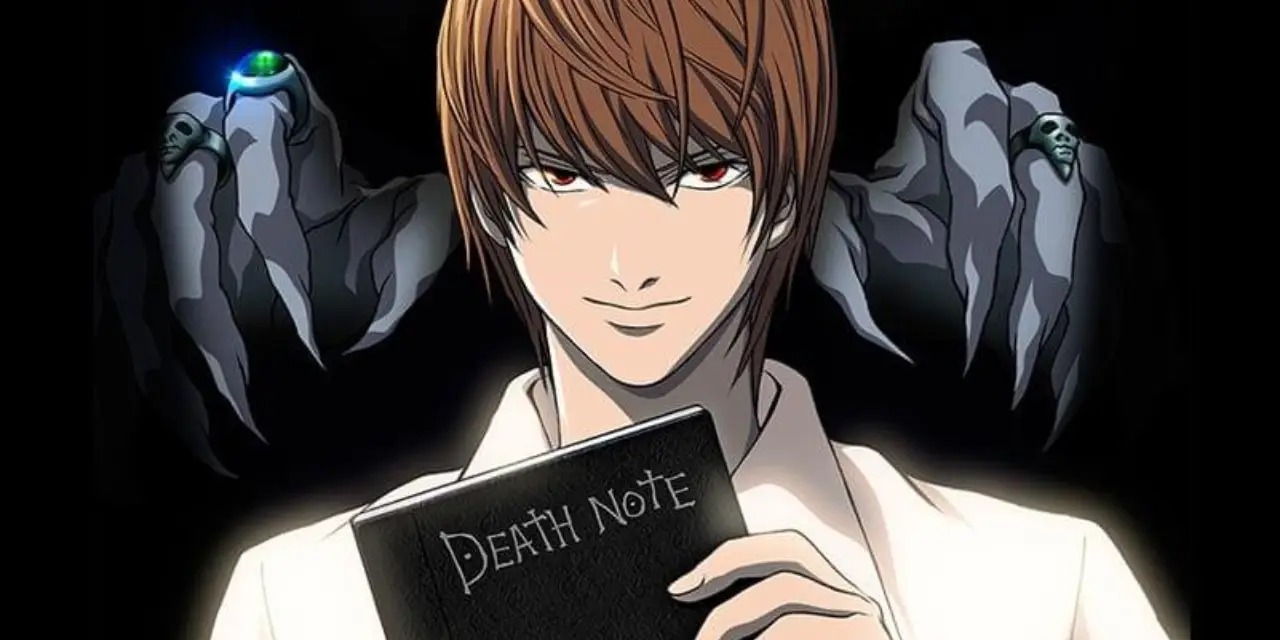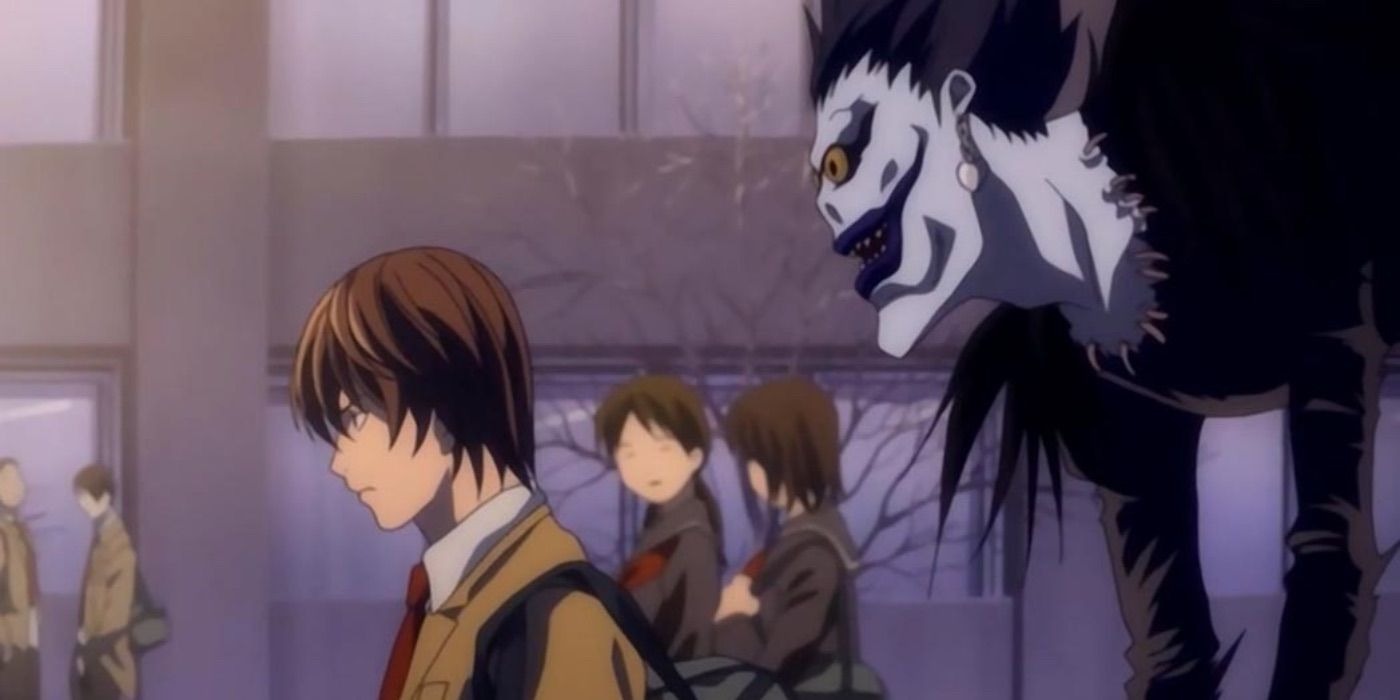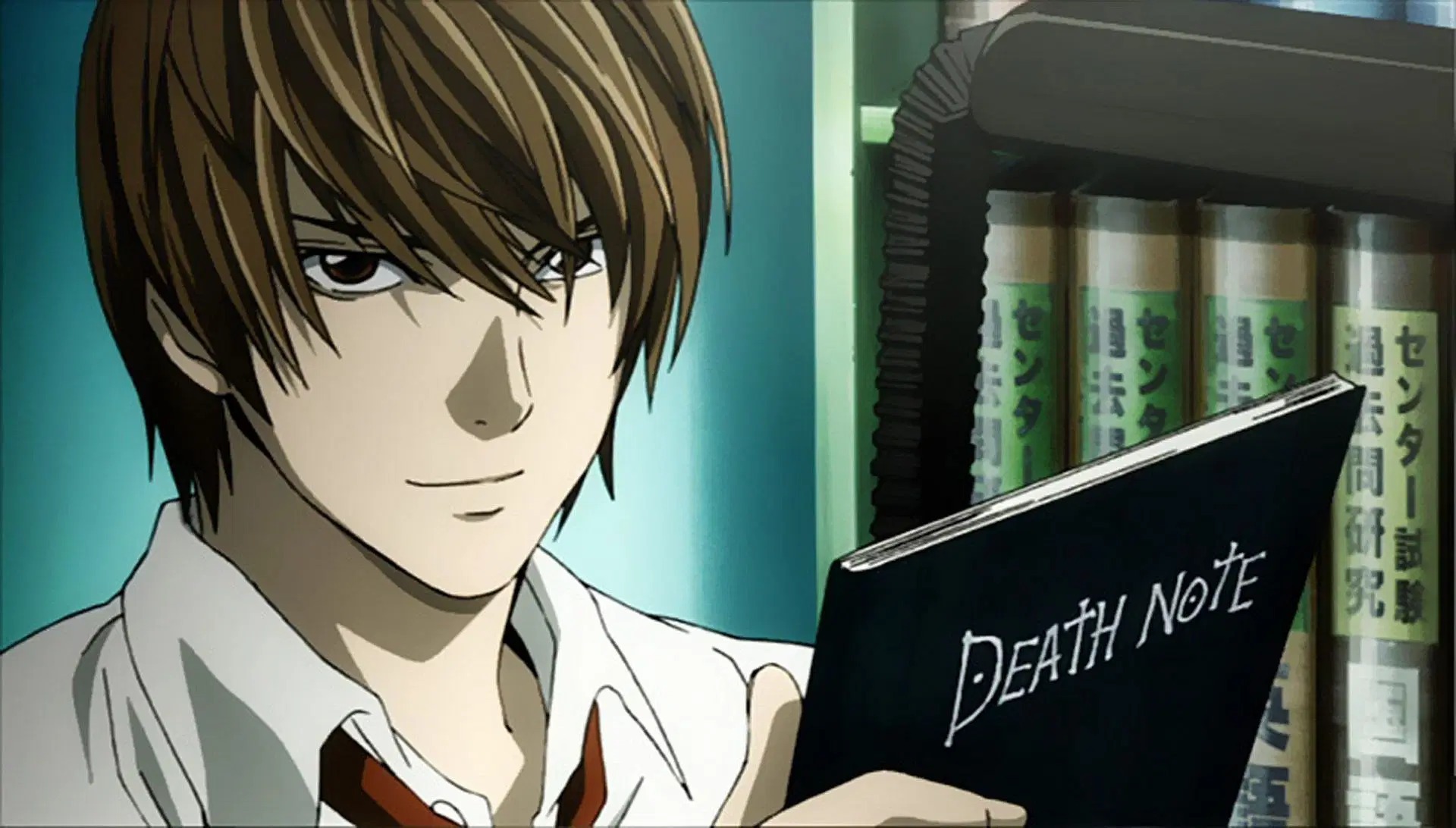Death Note is one of the most iconic psychological thriller anime series of recent times, thrilling viewers with its intense plot that keeps them on the edge of their seats. Produced by Madhouse, the series only spans 37 episodes, it manages to deliver an electrifying story with impressive animation and top-notch pacing.
Despite its conclusion in 2007, Death Note’s influence remains timeless, and the story continues to resonate with fans even after many years. The storyline follows an average high school student who stumbles upon a mysterious notebook one fateful day outside his school classroom.

Instead, he embarked on a spree of mass killings from his home, writing the names of criminals in pursuit of what he considered a righteous form of justice.
In the Anime Ending, Light Refuses To Give up Until the End
Even when his guilt was undeniable, Light continued to fight till the end, with only Ryuk writing Light’s name in the Death Note being the force that could stop him. L, a brilliant and skilled detective, was tasked with catching Kira, the mysterious killer using the Death Note to take countless lives.
Light cunningly worked his way into the Task Force, even forming a somewhat friendly relationship with L, who remained suspicious of his motives and actions. Sadly, Light deceived and killed L.
However, Near, L’s successor, was the one who finally brought justice to Light’s cold-blooded actions in the finale, avenging L’s premature death. Interestingly, the ending in the anime differs greatly from the manga’s conclusion.
In the anime, Near and the Task Force managed to corner Light by convincing him and Mikami, one of Kira’s followers, to use a fake Death Note. Mikami tried to kill the Task Force using the counterfeit notebook, but his plot failed miserably as it was not the real Death Note, leading to both his and Light’s downfall.
Despite this, Light refused to accept defeat and even made one last attempt to kill Near with the Death Note, adamantly arguing that he was a god who was saving the world.
Light’s Pathetic Manga Death Differs From His Prideful Final Moments in the Anime
Both the anime and manga versions end with Light’s capture by the Task Force, but the portrayal of his death differs. Light attempted to flee but was shot multiple times, first by Matsuda, who was protecting Near from Light’s violent scheme.
Instead of letting Light suffer, Ryuk decided to take matters into his own hands and ended Light’s life by writing his name in the Death Note. Many fans view this moment as symbolic or merciful, interpreting that Ryuk didn’t want Light to spend the rest of his life in prison.
The irony here is that, despite Ryuk’s early declaration that he did not want to interfere with Light’s actions, he ended up being the one to take Light’s life. Although Light dies in both versions, the manga portrays his death in a more desperate and pitiable manner.
In the manga, Light pleads with Ryuk to save him, but the shinigami denies him and writes his name in the Death Note right before his eyes. The once-proud killer’s arrogance quickly crumbles, and he breaks down, sobbing and begging for mercy, but to no avail.
His death in the manga is tragic, as he forfeits any remaining dignity in a final, futile attempt to save himself.
Light’s Final Moments Are Tragic and Symbolic
Even though Light deserved to pay for his heinous actions, watching his downfall is still heart-wrenching.
The endings of Death Note show two different sides of the character: in the manga, Light’s defeat is filled with sorrow, desperation, and weakness, while in the anime, his death is driven by an unwavering pride and misplaced hope that he will still become a god.

On the other hand, Light’s anime death depicts a man holding on to his ego even at the very end, only to meet the justice he so richly deserves. In the anime, Light dies on a staircase, and one of the final, poignant images shows him lying there alone, experiencing his final moments.
The staircase imagery seems to symbolize that his soul neither finds peace in Heaven nor suffering in Hell. His use of the Death Note has left him in limbo, barred from both places, a reflection of his doomed fate.
Death Note’s Masterful Use of Symbolism Is Evident in the Ending and Light’s Death
Death Note is known for its brilliant use of symbolism, and both endings are clear examples of this mastery. The anime and manga present different yet powerful symbols of Light’s downfall—his weakness and cowardice in the manga, and his eternal rejection from Heaven and Hell in the anime.
Considering the numerous merciless murders Light committed, his fate seems justified. However, it is still tragic to witness the demise of a young man who could have lived a prosperous life had he chosen a different, more moral path.
The ending of Death Note is striking and emotionally impactful, concluding the series on a somber and symbolic note.



